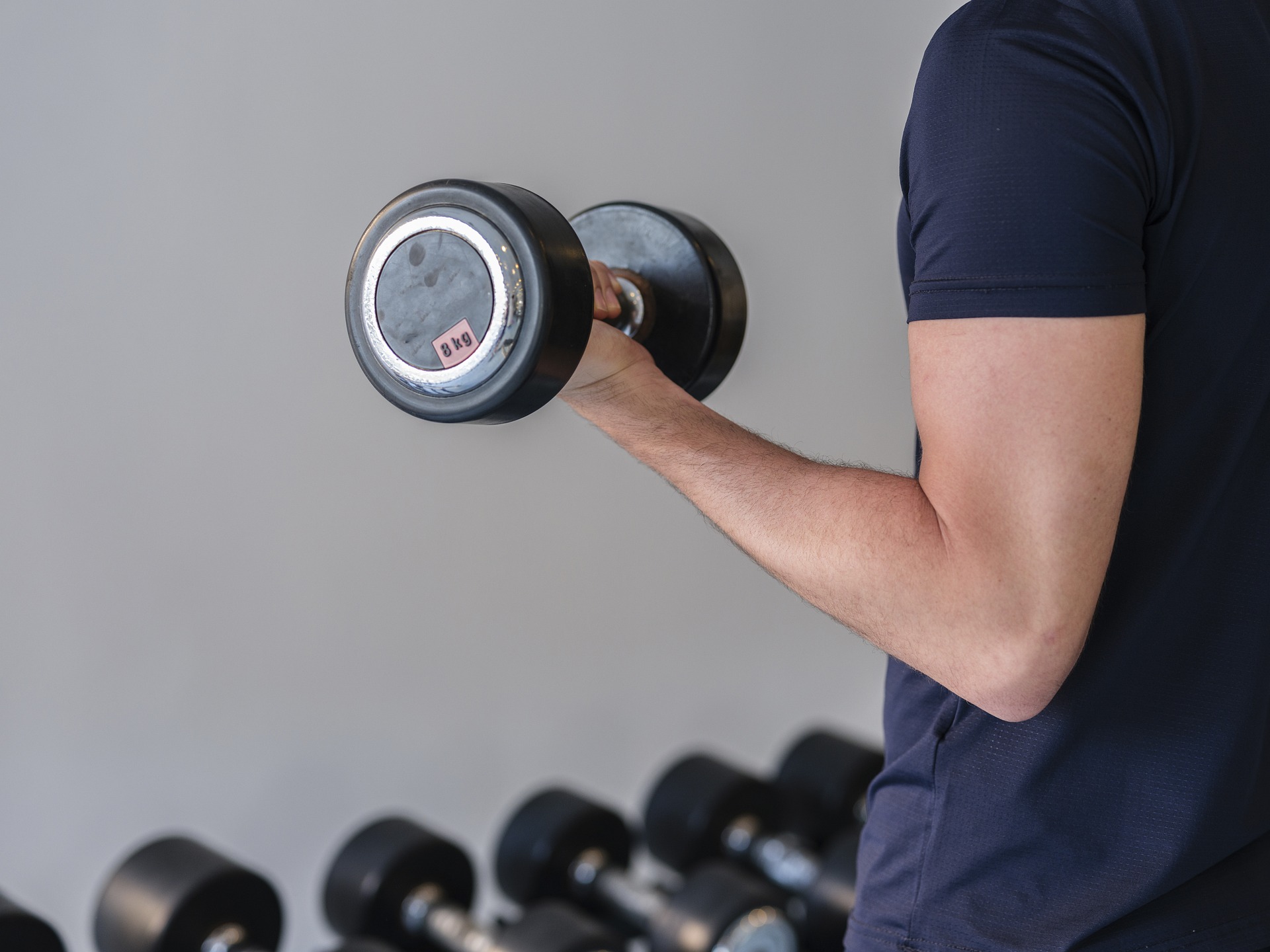The Growing Popularity of Functional Fitness Training
Functional fitness training, which focuses on exercises that mimic real-life movements, is becoming increasingly popular across the United States. This training method aims to improve overall strength, flexibility, and balance, making everyday activities easier and reducing the risk of injury. Read below to discover why functional fitness is revolutionizing the way we approach exercise.

What is Functional Fitness?
Functional fitness training involves exercises that replicate movements used in daily life, such as lifting, squatting, and reaching. Unlike traditional weightlifting, which often isolates specific muscles, functional fitness workouts engage multiple muscle groups simultaneously. This approach not only builds strength but also enhances coordination, balance, and agility. Popular exercises include squats, lunges, push-ups, and kettlebell swings. The goal is to improve the body’s ability to perform everyday activities efficiently and safely.
Functional fitness is accessible to people of all ages and fitness levels. Whether you’re a seasoned athlete or a beginner, the exercises can be modified to suit your abilities. This inclusivity has contributed to its widespread appeal, drawing participants from diverse backgrounds and fostering a supportive community atmosphere.
Benefits of Functional Fitness
Functional fitness offers numerous benefits that extend beyond the gym. One of the primary advantages is the enhancement of overall physical performance. By training the body to move more efficiently, individuals can perform daily tasks with greater ease and less risk of injury. For instance, improved core strength can alleviate back pain, while better balance can prevent falls.
Additionally, functional fitness promotes long-term health and well-being. Regular participation can lead to improved cardiovascular health, increased muscle mass, and better joint mobility. This holistic approach to fitness also supports mental health, as the variety and dynamic nature of the workouts keep participants engaged and motivated.
Furthermore, functional fitness can complement other forms of exercise and sports. Athletes often incorporate these workouts into their training regimens to enhance their performance and reduce the likelihood of injuries. For example, a runner might use functional exercises to strengthen their legs and core, leading to improved running mechanics and endurance.
Functional Fitness in Group Settings
One of the appealing aspects of functional fitness is the prevalence of group classes. These classes provide a structured environment where participants can learn proper techniques and receive guidance from experienced instructors. Group settings also foster a sense of camaraderie and accountability, which can be motivating for individuals striving to achieve their fitness goals.
Popular group classes include CrossFit, boot camps, and circuit training sessions. These classes typically involve a mix of strength training, cardio, and flexibility exercises, creating a well-rounded workout. The social aspect of group training can make exercise more enjoyable and help individuals stay committed to their fitness routines.
In addition to traditional gym settings, functional fitness classes are often held in outdoor spaces, parks, and community centers. This versatility allows people to engage in functional fitness in a variety of environments, making it more accessible and appealing.
Integrating Functional Fitness into Daily Life
One of the key principles of functional fitness is its applicability to everyday life. The exercises are designed to improve the body’s ability to perform common tasks, such as lifting groceries, climbing stairs, or playing with children. By incorporating functional movements into daily routines, individuals can enhance their physical capabilities and reduce the risk of injury.
For example, practicing squats can make it easier to bend down and pick up objects, while lunges can improve balance and stability when walking or running. Functional fitness also emphasizes core strength, which is essential for maintaining good posture and preventing back pain.
Moreover, functional fitness can be seamlessly integrated into various aspects of daily life. Simple activities like taking the stairs instead of the elevator, carrying groceries with proper form, or performing stretching exercises during work breaks can contribute to overall fitness. This practical approach ensures that functional fitness is not limited to the gym but becomes a part of a healthy lifestyle.
The Future of Functional Fitness
The popularity of functional fitness shows no signs of slowing down. As more people recognize the benefits of this training method, its presence in gyms and fitness centers continues to grow. Innovations in fitness technology, such as wearable devices and online training platforms, are also making functional fitness more accessible and personalized.
Looking ahead, we can expect to see further integration of functional fitness into mainstream fitness programs. Personal trainers and fitness professionals are increasingly incorporating functional exercises into their clients’ routines, emphasizing the importance of functional strength and mobility. Additionally, as the fitness industry evolves, there will likely be new and creative approaches to functional fitness, keeping workouts fresh and engaging.
The focus on overall health and well-being will continue to drive the popularity of functional fitness. As people prioritize sustainable and practical fitness solutions, functional training offers a comprehensive approach that aligns with these goals. Whether for improving athletic performance, enhancing daily activities, or promoting long-term health, functional fitness is poised to remain a cornerstone of modern exercise.
Useful Tips and Facts
- Start with the Basics: Focus on mastering basic movements like squats, lunges, and push-ups before progressing to more complex exercises.
- Prioritize Form: Proper technique is crucial to prevent injuries and maximize the benefits of functional fitness exercises.
- Incorporate Variety: Mix up your workouts with different exercises and equipment to keep them challenging and engaging.
- Stay Consistent: Regular practice is key to seeing improvements in strength, flexibility, and overall fitness.
- Listen to Your Body: Pay attention to how your body feels and make adjustments as needed to avoid overtraining or injury.
Conclusion
Functional fitness training offers a dynamic and practical approach to improving overall physical health. By focusing on exercises that mimic real-life movements, individuals can enhance their strength, flexibility, and balance, making daily tasks easier and reducing the risk of injury. As the popularity of functional fitness continues to rise, it is clear that this training method will play a significant role in the future of exercise. Embracing functional fitness can lead to a healthier, more active lifestyle, benefiting people of all ages and fitness levels.




